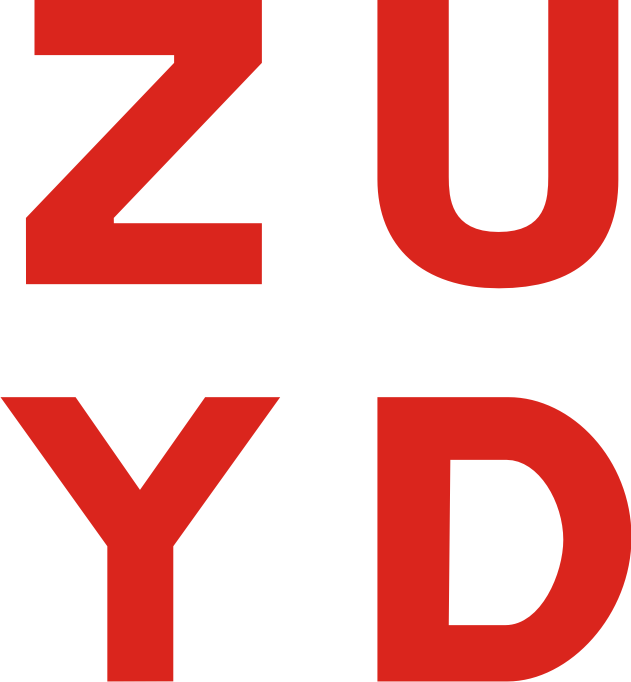Quality and usability of clinical assessments of static standing and sitting posture: A systematic review
- Authors:
- Woldendorp, K. H., Kleinbergen, J. F. E., Boonstra, A. M., de Schipper, A. W., Arendzen, J. H., and Reneman, M. F.
- Abstract:
- BACKGROUND: A validated method to assess sitting and standing posture in a clinical setting is needed to guide diagnosis, treatment and evaluation of these postures. At present, no systematic overview of assessment methods, their clinimetric properties, and usability is available.
OBJECTIVE: The objective of this study was to provide such an overview and to interpret the results for clinical practice.
METHODS: A systematic literature review was performed according to international guidelines. Two independent reviewers assessed risk of bias, clinimetric values of the assessment methods, and their usability. Quality of evidence and strength of recommendations were determined according to the Grading of Recommendations Assessment, Development and Evaluation working group (GRADE).
RESULTS: Out of 27,680 records, 41 eligible studies were included. Thirty-two assessment instruments were identified, clustered into five categories. The methodological quality of 27 (66%) of the articles was moderate to good. Reliability was most frequently studied. Little information was found about validity and none about responsiveness.
CONCLUSIONS: Based on a moderate level of evidence, a tentative recommendation can be made to use a direct visual observation method with global posture recorded by a trained observer applying a rating scale. - DOI:
- 10.3233/bmr-200073
- URL:
- https://content.iospress.com:443/download/journal-of-back-and-musculoskeletal-rehabilitation/bmr200073?id=journal-of-back-and-musculoskeletal-rehabilitation%2Fbmr200073
- Journal:
- J Back Musculoskelet Rehabil
- issn:
- 1053-8127
- Publication year:
- 2021
- pages:
- Biological and physiological variables:
- Biological and physiological variables
- Age:
- Adults (18-65)
Children (0-18)
Seniors (65+) - Disease:
- Diseases of and symptoms related to the musculoskeletal system and connective tissue
- PRO / non-PRO:
- Non-patient Reported Outcome
- Type of measurement instrument:
- 4 - Performance-based tests
5 - Videos
6 - Clinical rating scales
7 - Observations
8 - Imaging tests - Instrument:
- 3D-PAT - 3D-Posture Analysis Instrument
CBE - Comprehensive Body Examination
DIPA - Digital Image-Based Posture Assessment
GBE - Global Body Examination
Goniometry / Goniometer (versions: electrogoniometer; Gravity Goniometer)
IPI - Initial Pictorial Instrument (versions: MPI - modified PI)
MIDAS - Middleborough Integrated Digital Assessment System
mRULA - Modified- Rapid Upper Limb Assessment
MS - Musculoskeletal Screen
OWAS - Ovako Working Posture Analyzing System
PAS - Postural Assessment Scale/Software/system
PATH - Posture, Activities, Instruments and Handling (versions: sPATH - simplified PATH)
PIAS - Posture-Image Analyzer Software
PosturePrint
PPAM - Photographic Posture Analysis Method
PPAS - Posture and Posture Ability Scale
QEC - Quick Exposure Check
REBA - Rapid Entire Body Assessment
ROSA - Rapid Office Strain Assessment
RPE - Resource –oriented Physiotherapeutic Examination
Ruler method
SMT - Standardized Mensendieck Test
SPS - Seated Posture Scale
UCCUC - University California Computer Use Checklist
UTHSCSAIT - University of Texas Health Science Centre, San Antonio Image Instrument
Video-analysis